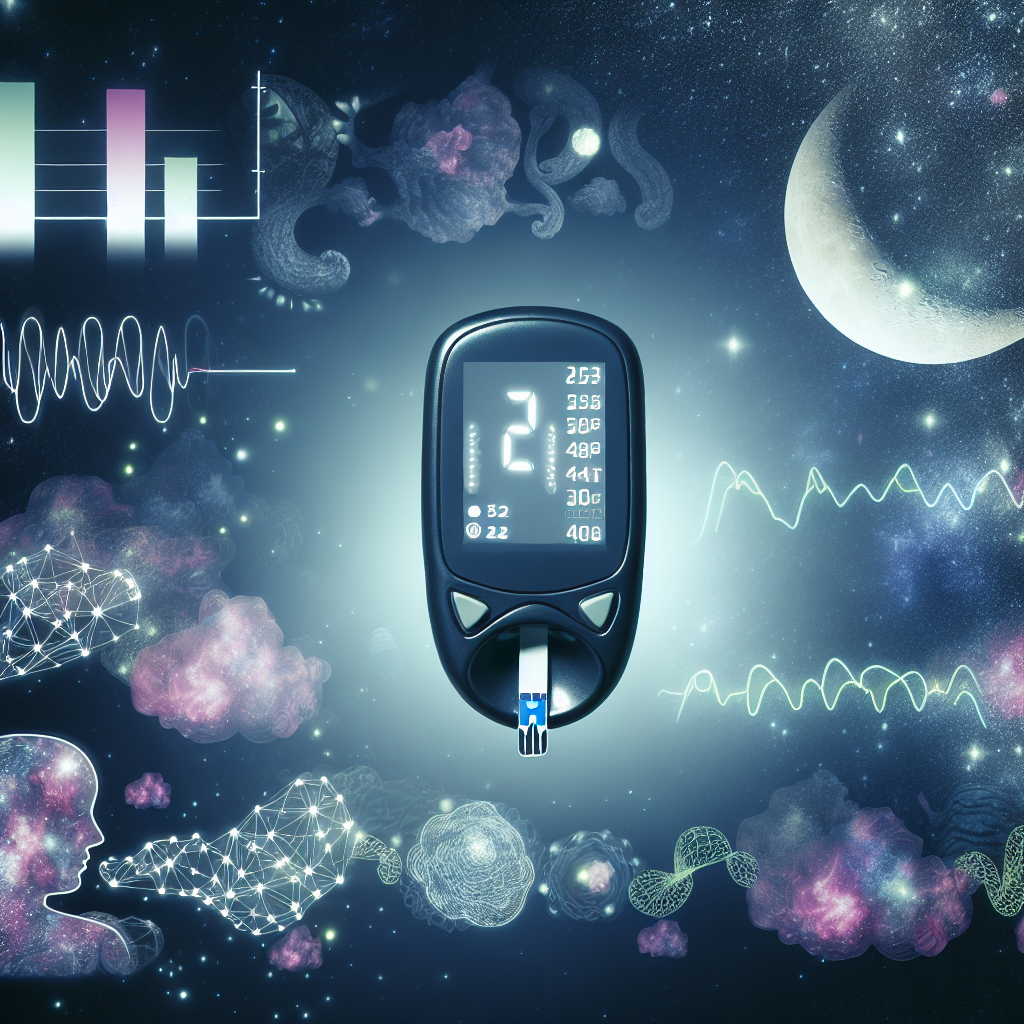Harnessing Smart Safety: Kitchen Lock Systems and Sensors for Sleep-Related Eating Disorder
Sleep-Related Eating Disorder (SRED) is an underdiagnosed parasomnia characterized by repetitive episodes of compulsive eating and drinking during partial awakenings from sleep. This disorder not only disrupts quality sleep but also poses serious health and safety risks due to potential ingestion of harmful substances, use of kitchen appliances in a semi-conscious state, and caloric overload during the night.
SRED primarily affects individuals between the ages of 20 and 40, with women being more frequently affected. It may occur on its own or be associated with other sleep disorders such as sleepwalking, restless leg syndrome (RLS), or obstructive sleep apnea (OSA). Medications such as sedative-hypnotics and antidepressants have also been linked to the onset of SRED behaviors.
The underlying cause of SRED is not yet fully understood, though researchers believe it may be associated with abnormalities in the brain’s sleep-wake transition processes. As SRED blurs the line between wakefulness and non-REM sleep, sufferers are vulnerable to performing dangerous activities, such as cooking or using sharp utensils while partially conscious.
This growing awareness has led to increased interest in incorporating practical home solutions to manage SRED symptoms, such as using kitchen lock systems and motion detection sensors. These devices serve as both deterrents and safety measures to prevent sleep-eating episodes and ensure a safer environment for individuals with SRED.
Unmasking the Science Behind SRED: What Research Tells Us
Medical research has gradually unveiled the complexity of Sleep-Related Eating Disorder, highlighting a multifaceted interplay between neurological, hormonal, and behavioral mechanisms. A pioneering study published in the journal Sleep found that many patients diagnosed with SRED also exhibited elements of other parasomnias, suggesting a shared neural circuitry (Winkelman, 1998). In another study featured in Chest, up to 66% of SRED patients were also diagnosed with OSA, further demonstrating the need for integrated sleep disorder screenings in clinical practice.
Another pertinent finding comes from the Journal of Clinical Sleep Medicine, which indicates that medications as diverse as zolpidem, quetiapine, and selective serotonin reuptake inhibitors (SSRIs) have been implicated as potential triggers of SRED episodes (Thompson & Hall, 2008). The pharmacological impact on brain regions controlling appetite, impulse suppression, and memory consolidation contributes to sleep-eating behaviors without conscious awareness.
Regarding interventions, behavioral therapy and sleep hygiene education are considered initial steps in treatment. However, when SRED episodes continue—especially with risk of physical harm—a physical barrier becomes a necessary component of risk reduction.
Smart Lock Systems: The New Defense Against Dangerous Sleep-Eating
Kitchen lock systems function as an effective mechanical deterrent by restricting access to fridges, cabinets, or pantries during nighttime hours. These can be digital locks on refrigerators, keypad-controlled pantry doors, or motion-activated locks that only grant access during set hours.
As an additional layer of vigilance, smart home sensors and infrared motion detectors have been employed not just in private homes but in sleep study environments. These sensors help monitor nocturnal movements, sending alerts to a smartphone or caregiver when night eating activity begins. Some smart systems can even replay video footage to help medical professionals and patients understand eating behavior patterns better.
Smart kitchen locks, such as those designed by Lockabox or Yale Assure Locks, and motion sensor technologies like those from Ring or Arlo, offer customizable solutions that sync with sleep tracking data and nighttime routines. These tech tools are particularly beneficial for patients whose cognitive functioning during SRED episodes prevents self-awareness or voluntary restraint.
Tech-Enabled Peace of Mind: Coming Home to Smart Sleep Safety
Sleep-Related Eating Disorder is more than a curious habit—it’s a serious condition with physiological, psychological, and safety-related consequences. Left unmanaged, it can contribute to obesity, chronic fatigue, emotional stress, and even life-threatening accidents. As research advances, integrating behavioral therapy with cutting-edge home safety technologies offers a promising approach for individuals struggling with this condition.
Kitchen lock systems and motion sensors serve as critical touchpoints in a comprehensive SRED management plan. While they cannot address the root neurological triggers of the disorder, they significantly reduce the risk of harm and provide peace of mind for affected individuals and their families. Moreover, they furnish clinicians with valuable behavioral data to develop more personalized and effective treatment strategies.
The convergence of medical understanding and technological innovation is transforming the way we approach sleep disorders. For those living with SRED, this shift not only improves safety but restores a degree of control over a condition that strikes during the most vulnerable hours. With continued research and greater public awareness, hope remains that devices like smart kitchen locks and sensors will become standard components in the management of sleep-related eating disorders.
References
- Winkelman, J. W. (1998). Clinical and polysomnographic features of sleep-related eating disorder. Sleep, 21(2), 179–188. Link
- Schenck, C. H., Hurwitz, T. D., O’Connor, K. A., Mahowald, M. W. (1991). Additional categories of sleep-related eating disorders and the current status of treatment. Sleep, 14(5), 419-431. Link
- Thompson, D. F., & Hall, M. T. (2008). Sleep Eating Disorder Related to Zolpidem. Annals of Pharmacotherapy, 42(5), 741–744. Link
- American Academy of Sleep Medicine. (2023). Types of Parasomnias. Link
- Journal of Clinical Sleep Medicine. (2010). Night Eating Syndrome and Sleep-Related Eating Disorder. Link
Summary:
Sleep-Related Eating Disorder (SRED) is an underdiagnosed parasomnia characterized by repetitive episodes of compulsive eating and drinking during partial awakenings from sleep. This disorder poses serious health and safety risks, and can be associated with other sleep disorders or triggered by certain medications. Integrating behavioral therapy with cutting-edge home safety technologies, such as kitchen lock systems and motion sensors, offers a promising approach for managing SRED and improving safety for affected individuals.

Dominic E. is a passionate filmmaker navigating the exciting intersection of art and science. By day, he delves into the complexities of the human body as a full-time medical writer, meticulously translating intricate medical concepts into accessible and engaging narratives. By night, he explores the boundless realm of cinematic storytelling, crafting narratives that evoke emotion and challenge perspectives.
Film Student and Full-time Medical Writer for ContentVendor.com


